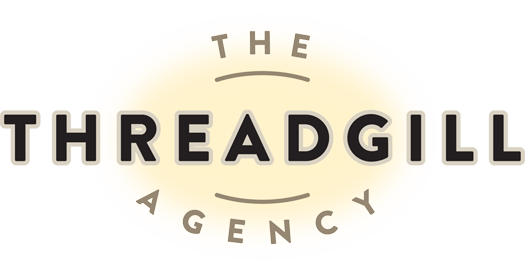
25 Sep Content Pillars: What They Are and How to Leverage Them
Pillars, in an architectural sense, are vertical structures designed to hold the weight of a building. In SEO, pillars help hold up your website’s architecture, too. And while you have to build these pillars yourself, the results are worth it.
Read on to see how implementing pillar pages into your content strategy can boost your site’s traffic and increase its authority.
What is a content pillar?
Content pillars—also known as “pillar pages” or “hub pages”—provide users with valuable (and more often than not, actionable) content. The difference between a content pillar and a simple blog post is that it offers a broad bird’s eye view on a particular topic while linking back to subtopics or “topic clusters” on your site. These clusters address one specific keyword related to the main pillar topic.
Think of it this way: Content pillars are kind of like a pizza, whereas topic clusters act as the toppings.
Searchers are no longer satisfied with queries like “restaurant near me.” No, they want something that’s specific, accurate, and to-the-point. (Don’t you?) This is where the topic cluster model comes in.
By creating articles/blog posts based on keywords you want to rank for, you can then organize your content by optimizing each cluster page for a specific keyword that relates to one core topic. Hyperlinking cluster pages to one pillar page tells Google and the rest of the world that you’re an expert (AKA an authority) on the subject.
What does this mean exactly? The more pages that link back to your pillar page (and the related topic clusters), the more likely it is that your site will rank in Google’s Search Engine Results Page (SERP).
Creating a Content Strategy That Works
If you’re nervous at the thought of implementing a brand new content strategy, don’t worry–incorporating pillared content is simpler than it seems. Here’s a step-by-step guide on how to develop content pillars that convert.
1. Choose a core topic
The first step in creating a pillar page is to choose a core topic. When choosing your topic, ask yourself: what do I want my brand/company to be known for? Think about your viewers’ top interests and choose a topic that’s broad enough that it can be linked to related posts, but not so broad that the topic can’t be covered in one, long-form article.
Here’s an example: “Social media” is too broad of a topic because, let’s be honest, we could write about it forever–whereas “Facebook captions” is too narrow of a topic. The compromise? “Facebook marketing.” You’ll need to choose something that’s in the sweet spot, where comprehensive content and linking can work together to create one amazing piece Google won’t be able to resist.
2. Create your pillar page
Once you’ve chosen your topic, it’s time to create your pillar page. If you already have a comprehensive blog post that can be transformed into a pillar page, that’s great. If not, that’s fine, too! (Starting from scratch isn’t the end of the world.)
Either way, your content pillar should include:
-A definition of your chosen topic or keyword that should show up in the first section
-A numbered or bulleted table of contents (TOC)
-Specific, topic-related subheadings (AKA your H2s, H3s, and H4s)
-Content that provides the reader with a comprehensive (attention-grabbing) overview of subtopics that relate to your main topic (these will link to blog posts later!)
Remember: This pillar page should answer a query of some sort.
3. Choose keywords
Congrats! Your pillar page is written, now it’s time to get on the grind and do some keyword research. You should choose 20-30 keywords that relate to your main topic and have a high search volume. These keywords will help you revamp or create brand new content clusters.
Let’s use the “Facebook marketing” example from above. Keywords or keyword phrases related to this core topic could include: “Is Facebook marketing free?” or “Facebook marketing hacks 2020” and so on.
If you’re worried about keeping yourself organized, you can create a keyword spreadsheet where the bottom tabs represent core topics and the separate columns represent blog titles, keywords/search volume, and each published post’s URL.
4. Write!
Once you’ve figured out which keywords are worthy enough to become blog posts, it’s time to write. Be sure to link each blog post to your pillar page once it’s published—this will make both your reader and Google happy.
